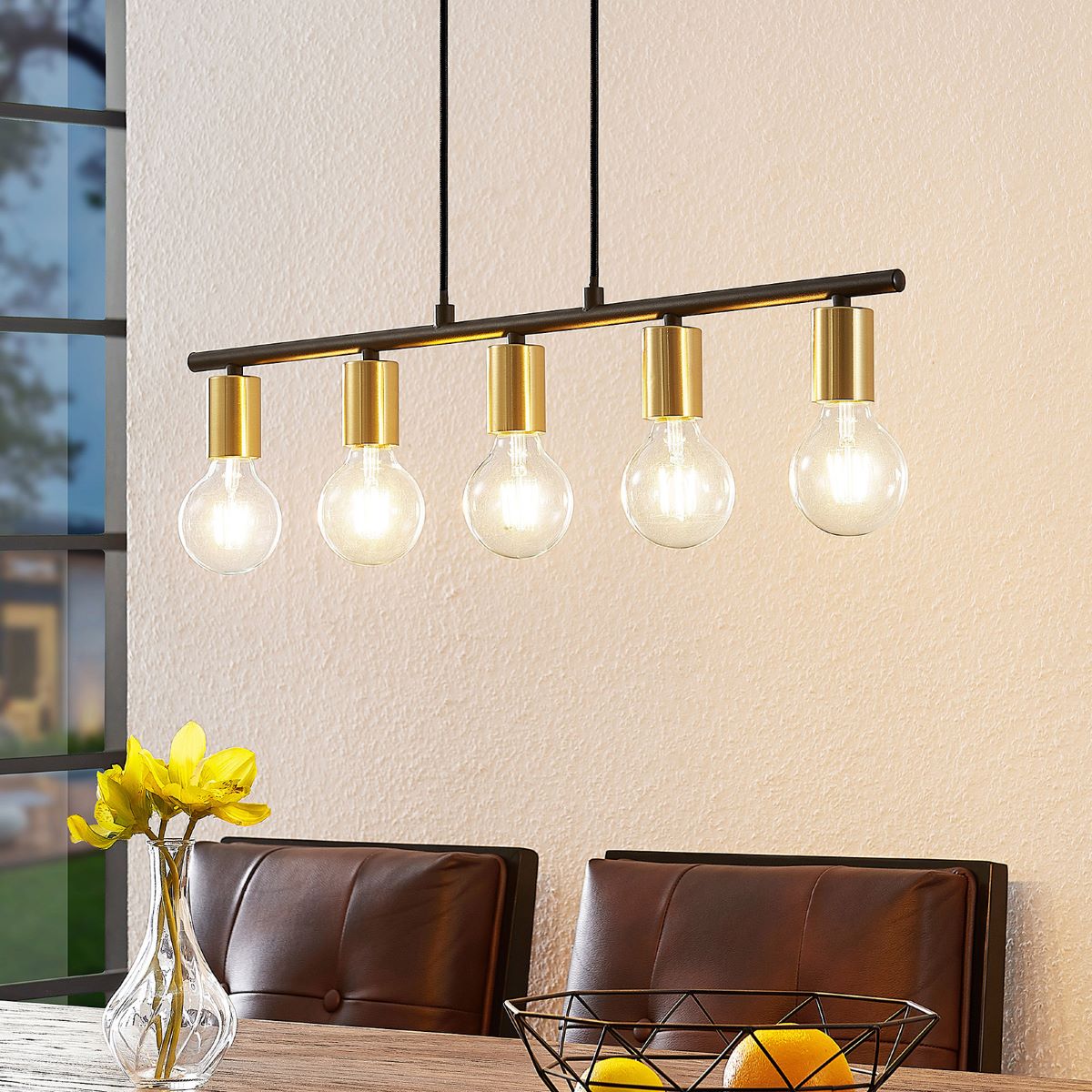

Articles
What Light Bulb Watt Is Best For Dining Room
Modified: October 20, 2024
Discover the ideal light bulb wattage for your dining room with our informative articles. Find out how to create the perfect ambiance and lighting for your space.
(Many of the links in this article redirect to a specific reviewed product. Your purchase of these products through affiliate links helps to generate commission for Storables.com, at no extra cost. Learn more)
Introduction
Welcome to the world of dining room lighting! When it comes to creating the perfect ambiance for your dining space, choosing the right light bulb wattage is crucial. The wattage of a light bulb determines its brightness and can greatly impact the mood and functionality of your dining room.
In this article, we will explore the various factors to consider when selecting the best light bulb wattage for your dining room. From brightness levels to color temperature, bulb types to dimmable options, and energy efficiency, we will cover all aspects to help you make an informed decision.
Whether you’re hosting a fancy dinner party, enjoying a romantic meal for two, or simply catching up with your loved ones, having the right lighting can transform your dining experience. So, let’s dive in and discover the art of choosing the perfect light bulb wattage for your dining room!
Key Takeaways:
- Choose the right light bulb wattage for your dining room by considering factors like room size, task lighting needs, personal preference, and fixture design. Experiment with brightness levels and color temperatures to find the perfect ambiance.
- Opt for energy-efficient LED bulbs and explore dimmable options to create a versatile and cost-effective lighting solution for your dining room. Balance task and ambient lighting to enhance the functionality and atmosphere of the space.
Read more: What Is The Lowest Watt Light Bulb
Factors to Consider
When selecting the best light bulb wattage for your dining room, there are several factors you should take into consideration. These factors will help you determine the ideal level of brightness, color temperature, and energy efficiency for your space. Let’s explore them further:
- Room Size: The size of your dining room plays a significant role in determining the appropriate light bulb wattage. Larger rooms may require higher wattages to ensure sufficient illumination, while smaller rooms may benefit from lower wattages to create a cozy and intimate atmosphere.
- Task or Ambient Lighting: Consider how you use your dining room. If you frequently engage in activities that require focused lighting, such as reading or playing games at the dining table, opt for higher wattages or specific task lighting fixtures. For a more relaxed dining experience, ambient lighting with lower wattages can set a pleasant mood.
- Fixture Design: The type and design of your lighting fixtures can influence the recommended light bulb wattage. Some fixtures are designed to work best with certain wattages, so be sure to check the manufacturer’s recommendations. Additionally, fixtures with shades or diffusers may require higher wattages to compensate for light loss.
- Personal Preference: Ultimately, your personal preference and the atmosphere you wish to create in your dining room should guide your decision. Some people prefer brighter, more vibrant lighting for a lively and energetic ambiance, while others prefer softer, dimmer lighting for a cozy and relaxed atmosphere.
By considering these factors, you can narrow down the options and choose the light bulb wattage that suits your dining room best. Keep in mind that it’s always a good idea to experiment with different wattages and lighting setups to find the perfect balance for your specific space and needs.
Brightness Levels
The brightness level of a light bulb is measured in lumens. Lumens indicate the amount of light output the bulb produces. When selecting the right light bulb wattage for your dining room, it’s important to consider the desired brightness level.
The appropriate brightness level largely depends on the size of your dining room and the type of atmosphere you wish to create. Here are some general guidelines to help you choose the ideal brightness level:
- Low to Moderate Brightness: If you prefer a softer, more intimate atmosphere, opt for light bulbs with lower wattages, ranging from 200 to 400 lumens. These bulbs can create a cozy ambiance and are suitable for small to medium-sized dining rooms.
- Moderate to High Brightness: For a brighter and more energetic ambiance, choose light bulbs with higher wattages, ranging from 500 to 1000 lumens. These bulbs provide ample illumination and are ideal for larger dining rooms or spaces where task lighting is required.
- Dimmable Options: If you want flexibility in adjusting the brightness level, consider using dimmable light bulbs. Dimming allows you to customize the lighting atmosphere to your preference, whether it’s a romantic dinner or a lively gathering.
It’s worth noting that achieving the desired brightness level also depends on the fixture design and the height at which the bulbs are installed. For instance, chandeliers and pendant lights may require multiple bulbs to achieve the desired brightness level.
Remember, it’s essential to strike a balance between task lighting and ambient lighting. Task lighting ensures adequate illumination for activities, while ambient lighting sets the overall mood and atmosphere of the dining room.
Experimenting with different brightness levels can help you find the perfect balance. You may find that a combination of different wattages or the use of dimmable light bulbs provides the versatility you need for various occasions and preferences.
Color Temperature
The color temperature of a light bulb refers to the appearance of the light it emits, ranging from warm to cool tones. It is measured in Kelvin (K) and plays a vital role in setting the mood and ambiance in your dining room. Here are the main color temperature options to consider:
- Warm White (2700K-3000K): Light bulbs with warm white color temperature emit a soft and cozy glow. They create a warm and inviting atmosphere that is perfect for creating a relaxed and intimate dining experience. Warm white bulbs are typically preferred for traditional and rustic dining room settings.
- Neutral White (3500K-4100K): Neutral white light bulbs produce a more balanced and natural light. They are often used in contemporary or modern dining rooms where a clean and refreshing atmosphere is desired. Neutral white bulbs provide good color accuracy and are suitable for various dining room styles.
- Cool White (5000K-6500K): Light bulbs with cool white color temperature emit a bright and energetic light. They are great for task-oriented dining rooms or spaces where you need clear visibility, such as for reading or working at the table. Cool white bulbs are commonly used in commercial dining areas or modern settings.
When choosing the color temperature for your dining room, consider the overall design and style of the space. Warm white bulbs often create a cozy and inviting atmosphere, while cool white bulbs offer a more vibrant and stimulating ambiance.
It’s important to note that the color temperature can also affect the way food appears on the table. Warmer tones can enhance the richness and depth of food colors, making meals look more appetizing. However, cooler tones can provide a more natural and realistic representation of colors.
Experimenting with different color temperatures can help you find the perfect balance that complements your dining room decor and creates the desired mood for each occasion. If you have the ability to control the color temperature, consider using dimmable bulbs or adjustable LED lights to customize the lighting according to your preferences.
For a dining room, it’s best to use a light bulb with a wattage between 40-60 watts. This will provide a warm and inviting ambiance without being too bright or harsh.
Bulb Types
When it comes to selecting the best light bulb wattage for your dining room, it’s important to consider the different types of bulbs available on the market. Each bulb type offers unique features and benefits that can enhance the lighting experience in your dining space. Here are some common bulb types to consider:
- Incandescent Bulbs: Incandescent bulbs are the traditional, standard light bulbs that have been used for decades. They provide a warm, familiar glow and are available in a wide range of wattages. However, incandescent bulbs are known for their inefficiency and have a shorter lifespan compared to other bulb types.
- LED Bulbs: LED (Light Emitting Diode) bulbs are highly energy-efficient and have a long lifespan. They are available in various wattages and can produce different levels of brightness and color temperatures. LED bulbs are a popular choice for their energy savings and durability, making them a cost-effective option in the long run.
- Halogen Bulbs: Halogen bulbs are a type of incandescent bulb that uses halogen gas to increase efficiency and lifespan. They provide bright and clear light, making them suitable for task lighting in dining rooms. However, halogen bulbs can get hot and should be handled with caution.
- CFL Bulbs: Compact Fluorescent Lamps (CFL) bulbs are more energy-efficient than incandescent bulbs and have a longer lifespan. They are available in various wattages and produce different levels of brightness. CFL bulbs can take a few seconds to reach full brightness and may not be dimmable with all fixtures.
- Smart Bulbs: Smart bulbs connect to your home’s Wi-Fi network and can be controlled remotely via a smartphone app or smart home system. They offer features like color-changing options, dimming capabilities, and timers. Smart bulbs are a convenient and customizable option for creating the perfect lighting ambiance in your dining room.
Each bulb type has its own set of advantages and considerations. Factors such as energy efficiency, lifespan, and cost should be taken into account when selecting the bulb type for your dining room. It’s important to choose a bulb type that aligns with your goals for energy savings, lighting quality, and overall convenience.
Keep in mind that some fixtures may have specific requirements or recommendations regarding bulb types. It’s always a good idea to consult the manufacturer’s guidelines to ensure compatibility and optimal performance.
Read more: What Watt Bulb For Porch Light
Dimmable Options
Having the ability to adjust the brightness level of your dining room lighting can greatly enhance the ambiance and flexibility of your space. Dimmable light bulbs offer the option to control the brightness, allowing you to create a customized lighting experience for various occasions. Here are some factors to consider when exploring dimmable options:
- Compatibility: Not all light bulbs are compatible with dimmer switches, so it’s important to choose bulbs specifically labeled as “dimmable”. LED bulbs, in particular, often require dimmers designed specifically for LED lighting. Ensure that your dimmer switch and bulbs are compatible to avoid issues like flickering or buzzing.
- Dimmer Types: There are various types of dimmers available, such as rotary, slide, or smart dimmers. Consider the type of dimmer switch that best suits your preferences and fits the overall design of your dining room. Smart dimmers allow for remote control and automation, offering convenience and customization options.
- Dimming Range: Different dimmable bulbs have varying dimming ranges. Some bulbs can dim down to very low levels, creating a warm and intimate atmosphere, while others may have a more limited range. Consider the desired range of brightness you want to achieve and choose bulbs that can accommodate that.
- Multi-Bulb Fixtures: If you have multi-bulb fixtures like chandeliers or pendant lights, ensure that all the bulbs used are dimmable and compatible with the dimmer switch. Mismatched bulbs can result in inconsistent dimming performance or issues.
- LED Compatibility: When using LED bulbs with dimmer switches, ensure that both the bulbs and the dimmer switch are designed to work together. Some LEDs may require specific dimmer switches, commonly referred to as “trailing edge” or “dimmable LED” dimmers, to achieve smooth and flicker-free dimming.
Dimmable light bulbs offer versatility in creating the desired ambiance for your dining room. Whether it’s setting a romantic mood for an intimate dinner or brightening up the space for a lively gathering, the ability to adjust the brightness level can cater to your specific needs.
Remember to check the packaging or product specifications to ensure that the bulbs you choose are compatible with dimmer switches. Consulting with a professional electrician or reading the manufacturer’s recommendations can also assist in selecting the most suitable dimmable options for your dining room.
Energy Efficiency
Considering the energy efficiency of the light bulbs you choose for your dining room is not only important for the environment but also for your wallet. Energy-efficient bulbs can help reduce your energy consumption and lower your electricity bills. Here are some key points to keep in mind:
- LED Technology: LED bulbs are known for their exceptional energy efficiency. They consume significantly less energy compared to traditional incandescent bulbs while providing the same amount of brightness. LED bulbs can last up to 25 times longer, which means fewer replacements and less waste.
- Lumens Per Watt: When comparing bulbs for energy efficiency, consider the number of lumens they produce per watt of energy consumed. The higher the lumens per watt value, the more efficiently the bulb converts energy into light. Look for bulbs with higher lumens per watt to maximize energy savings.
- Energy Star Certification: Energy Star certified bulbs meet strict energy efficiency guidelines set by the U.S. Environmental Protection Agency (EPA). These bulbs are tested and proven to save energy without compromising on quality. Look for the Energy Star label when selecting energy-efficient options.
- Dimming Options: Dimmable bulbs give you the flexibility to adjust the brightness level according to your needs. By dimming the lights, you can further reduce energy consumption and create a more cozy and intimate atmosphere in your dining room.
- Control Systems: Consider using smart lighting systems or timers to automate and control the usage of your dining room lights. Smart bulbs can be programmed to turn on and off at specific times, ensuring that lights are only used when needed, saving energy in the process.
Choosing energy-efficient light bulbs not only benefits the environment but also provides long-term cost savings. While energy-efficient bulbs may have a higher upfront cost, their energy-saving features can result in significant savings over time.
Don’t forget to dispose of old bulbs properly. Some types of bulbs, such as compact fluorescent lamps (CFLs), contain small amounts of mercury and should be recycled at designated collection points to prevent harm to the environment.
By considering energy efficiency in your light bulb choices, you can create a sustainable and cost-effective lighting solution for your dining room.
Final Thoughts
Choosing the right light bulb wattage for your dining room is a crucial step in creating the perfect ambiance and functional lighting for your space. By considering factors such as brightness levels, color temperature, bulb types, dimmable options, and energy efficiency, you can make an informed decision that meets your specific needs and preferences.
Remember, the size of your dining room, the activities you engage in, and your personal style all play a role in determining the ideal light bulb wattage. It’s essential to strike a balance between task lighting and ambient lighting to create a pleasant and functional dining environment.
Experimenting with different light bulb wattages, color temperatures, and dimming options can help you find the perfect balance that complements your dining room decor and sets the desired mood for any occasion.
Additionally, don’t overlook the importance of energy efficiency. Opt for energy-efficient bulbs, such as LED options, which not only help reduce energy consumption and lower your electricity bills but also contribute to a more sustainable and eco-friendly lifestyle.
Lastly, consult the manufacturer’s recommendations for your lighting fixtures and consider seeking professional advice if needed. This will ensure that you select the appropriate light bulb wattage and compatible dimming options for your specific setup.
By taking into account these considerations, you can create a dining room lighting scheme that not only enhances the visual appeal of your space but also optimizes functionality and energy efficiency.
Now, armed with the knowledge of what to consider when choosing the best light bulb wattage for your dining room, go ahead and brighten up your dining experience with the perfect lighting!
Frequently Asked Questions about What Light Bulb Watt Is Best For Dining Room
Was this page helpful?
At Storables.com, we guarantee accurate and reliable information. Our content, validated by Expert Board Contributors, is crafted following stringent Editorial Policies. We're committed to providing you with well-researched, expert-backed insights for all your informational needs.
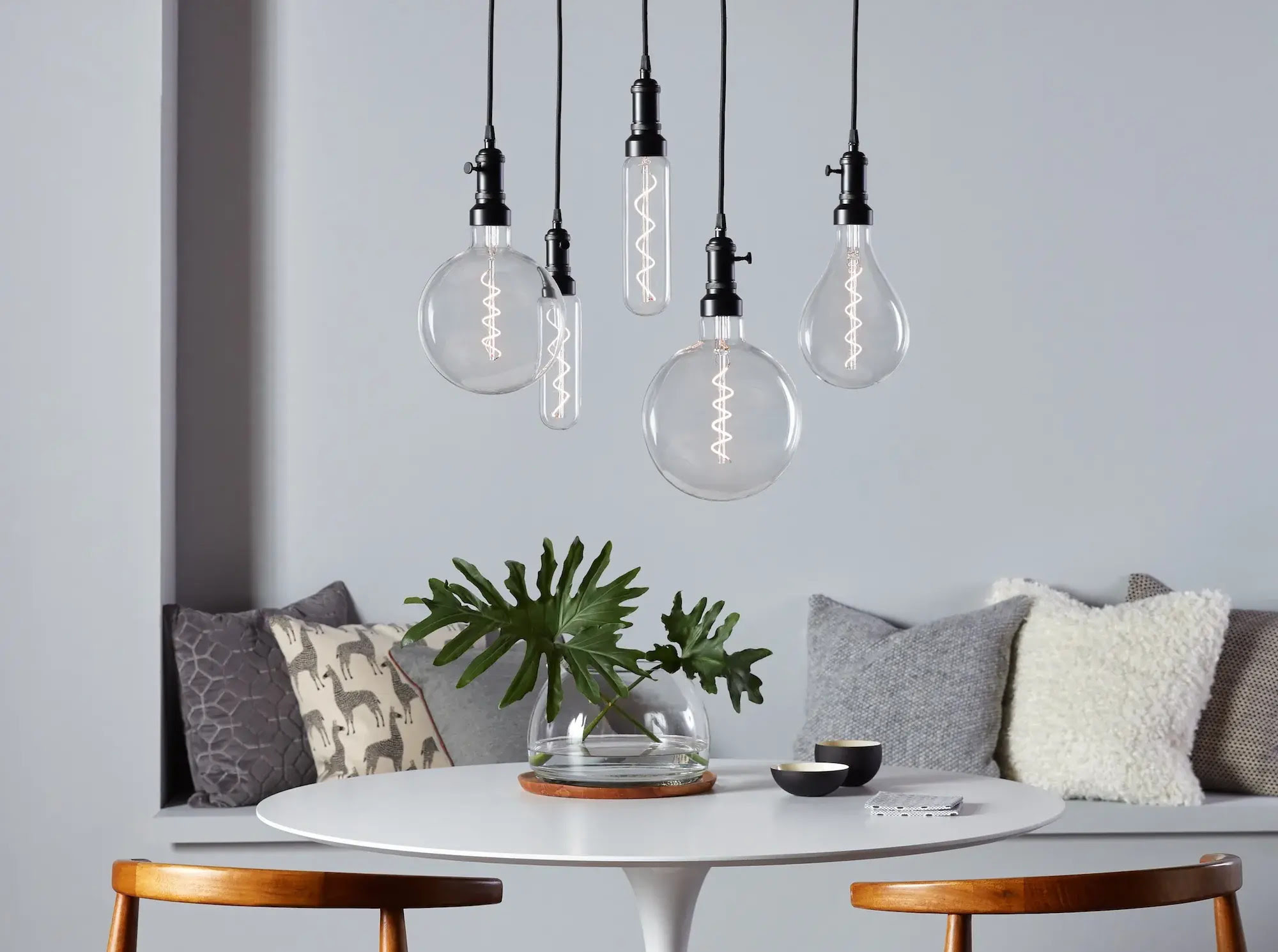
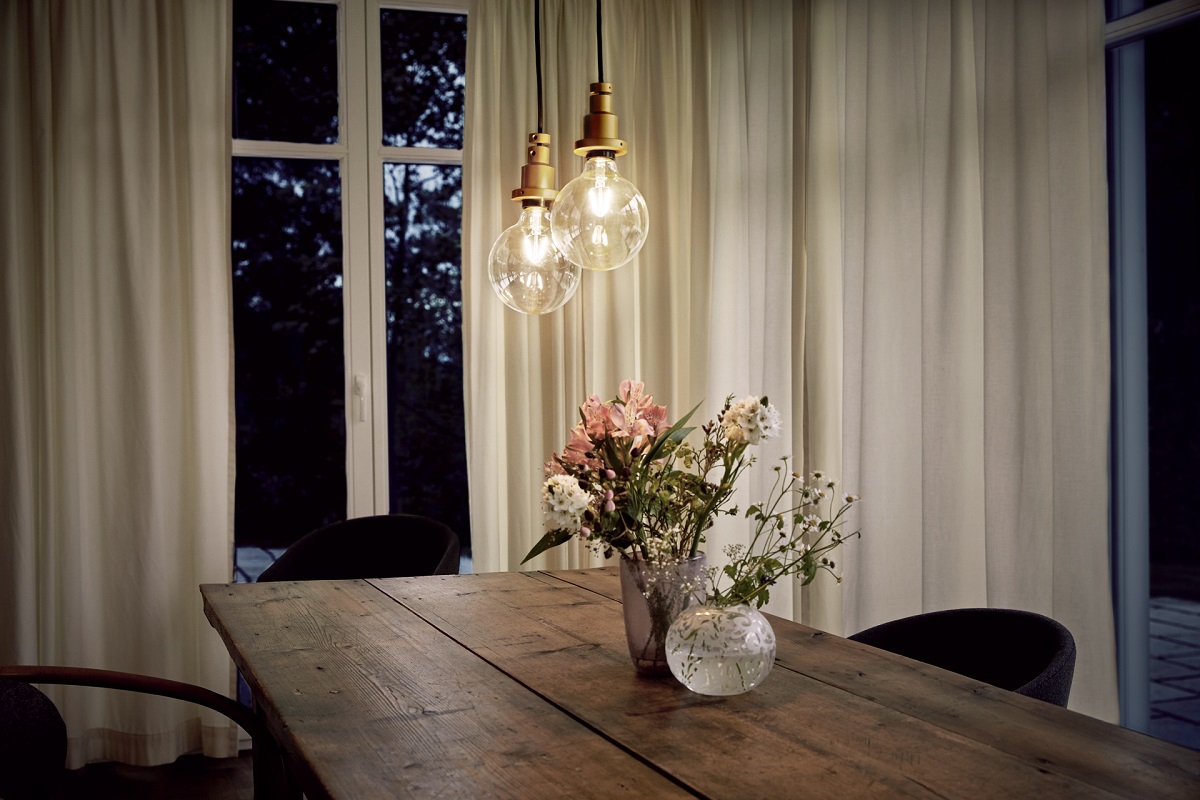
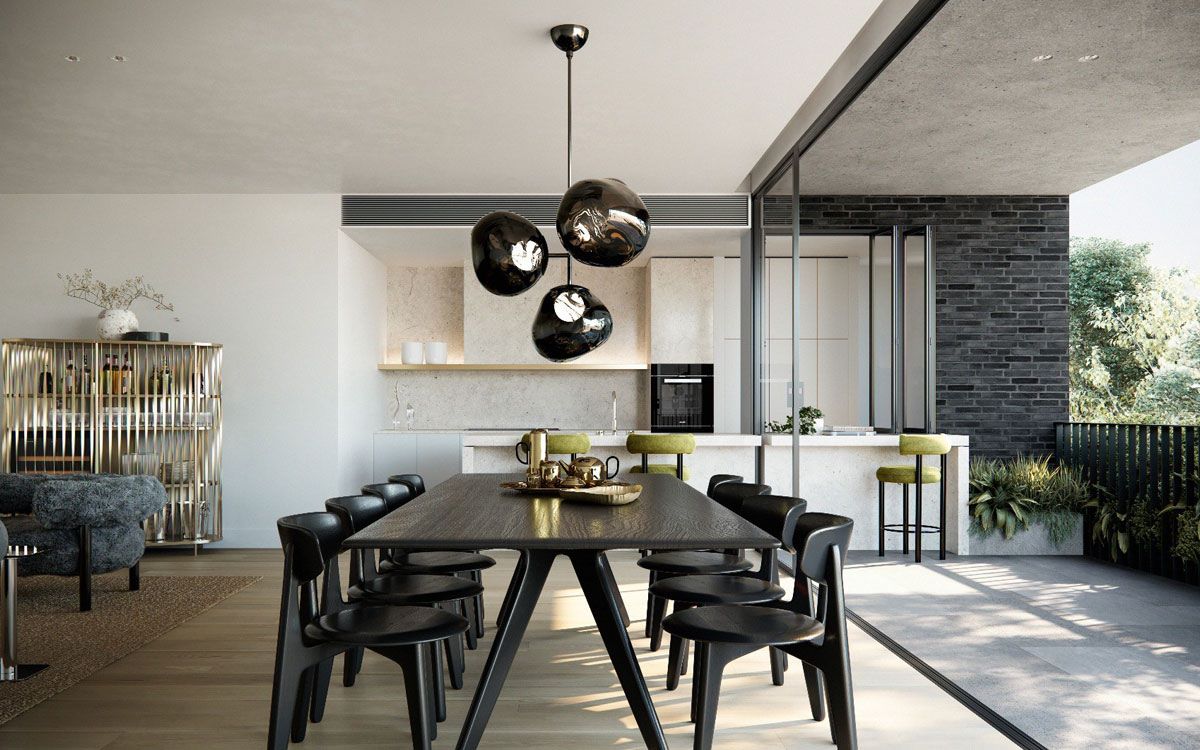
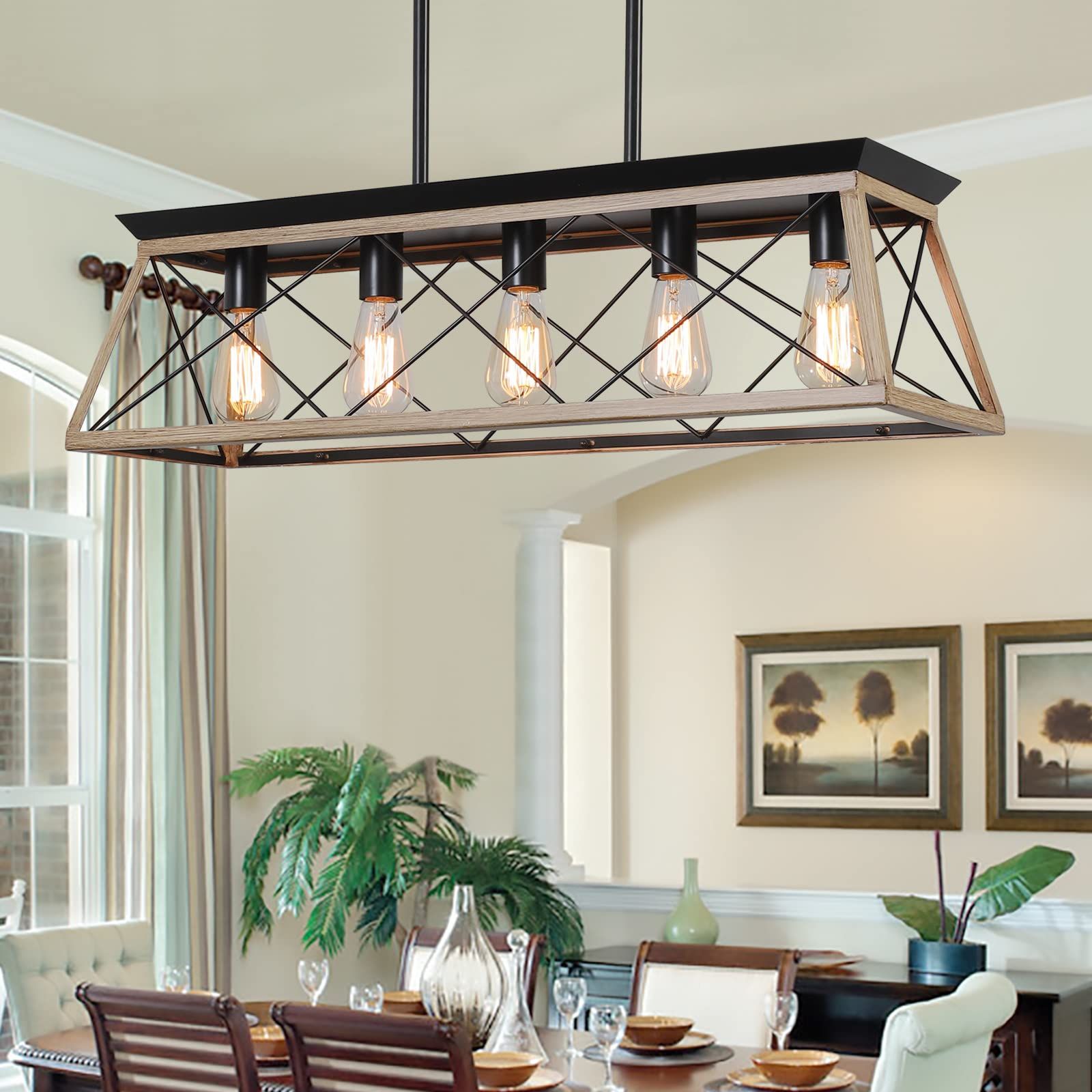
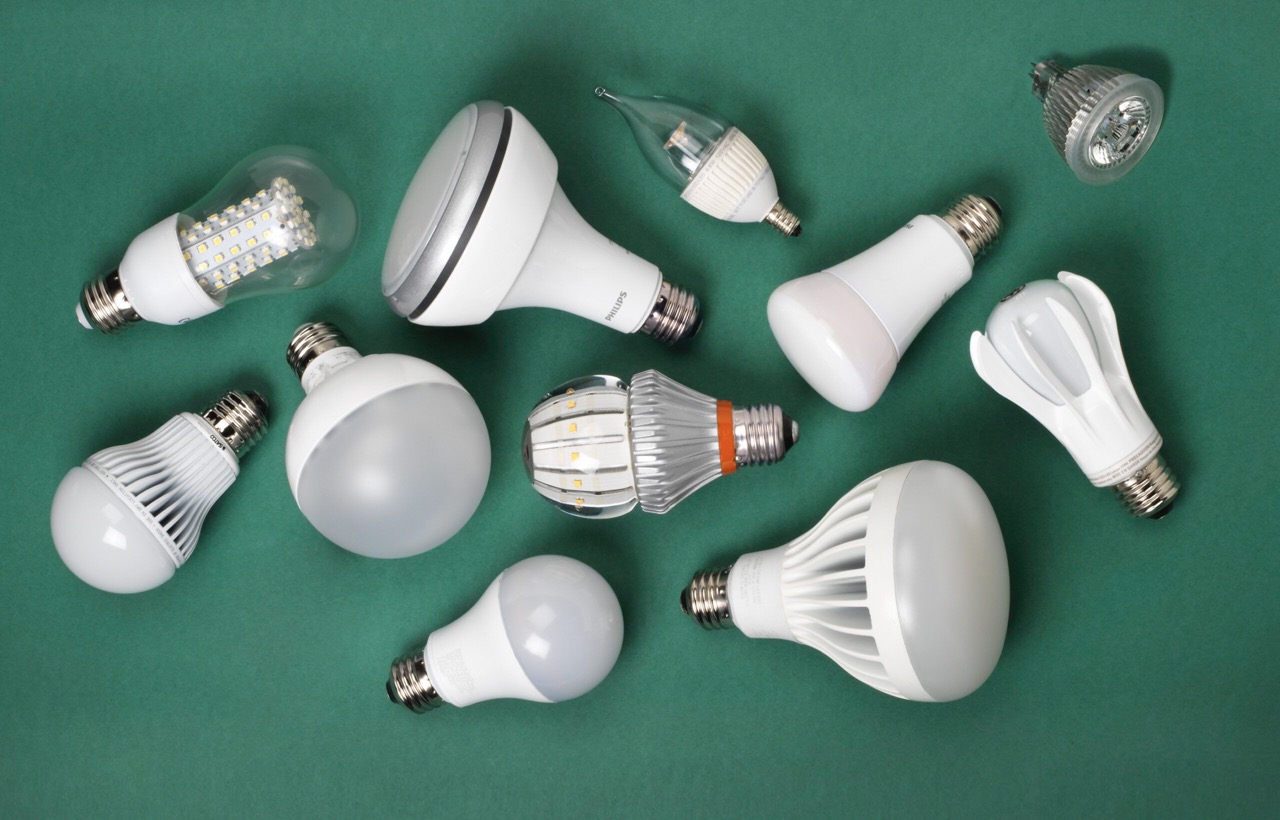
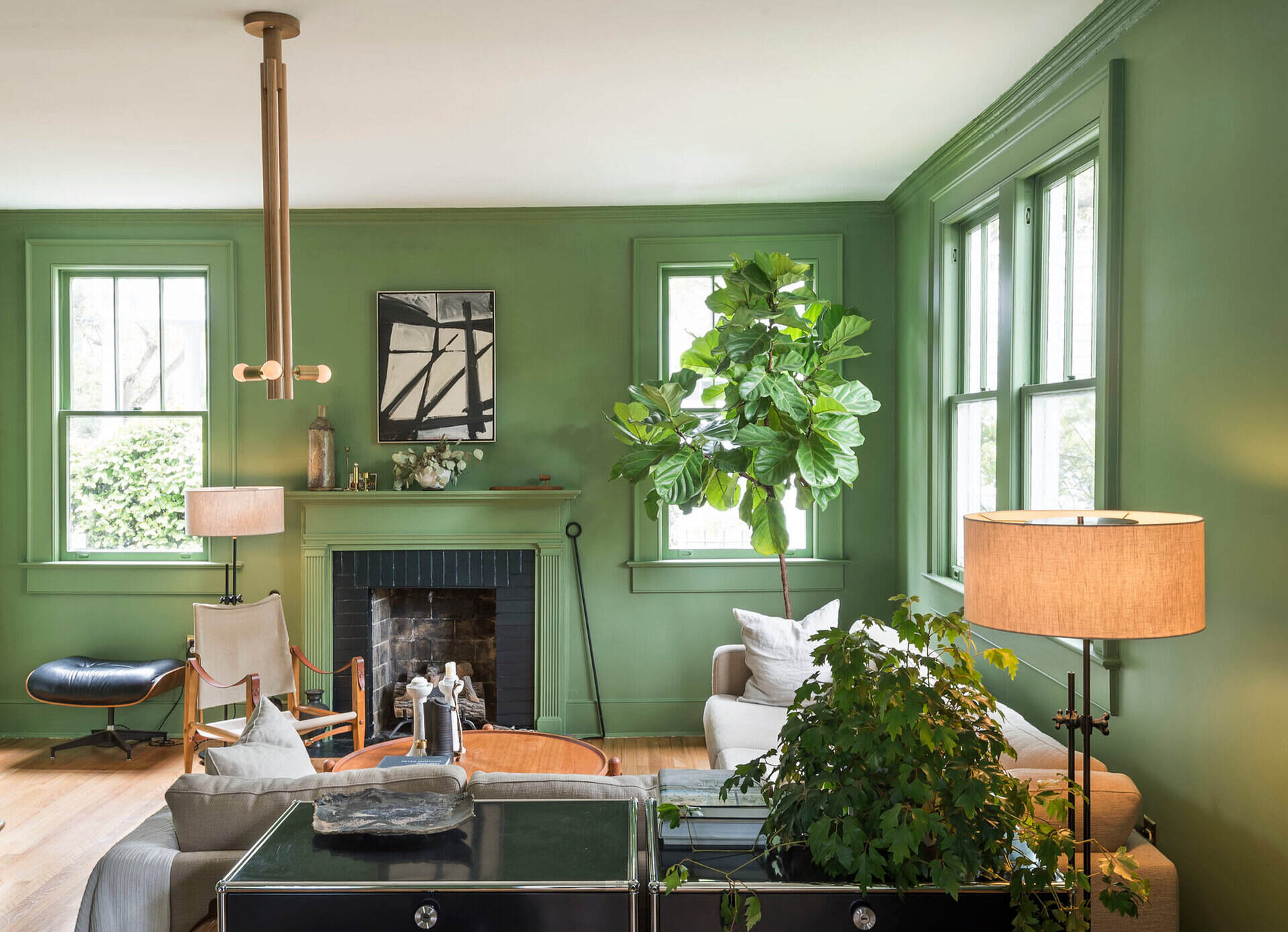
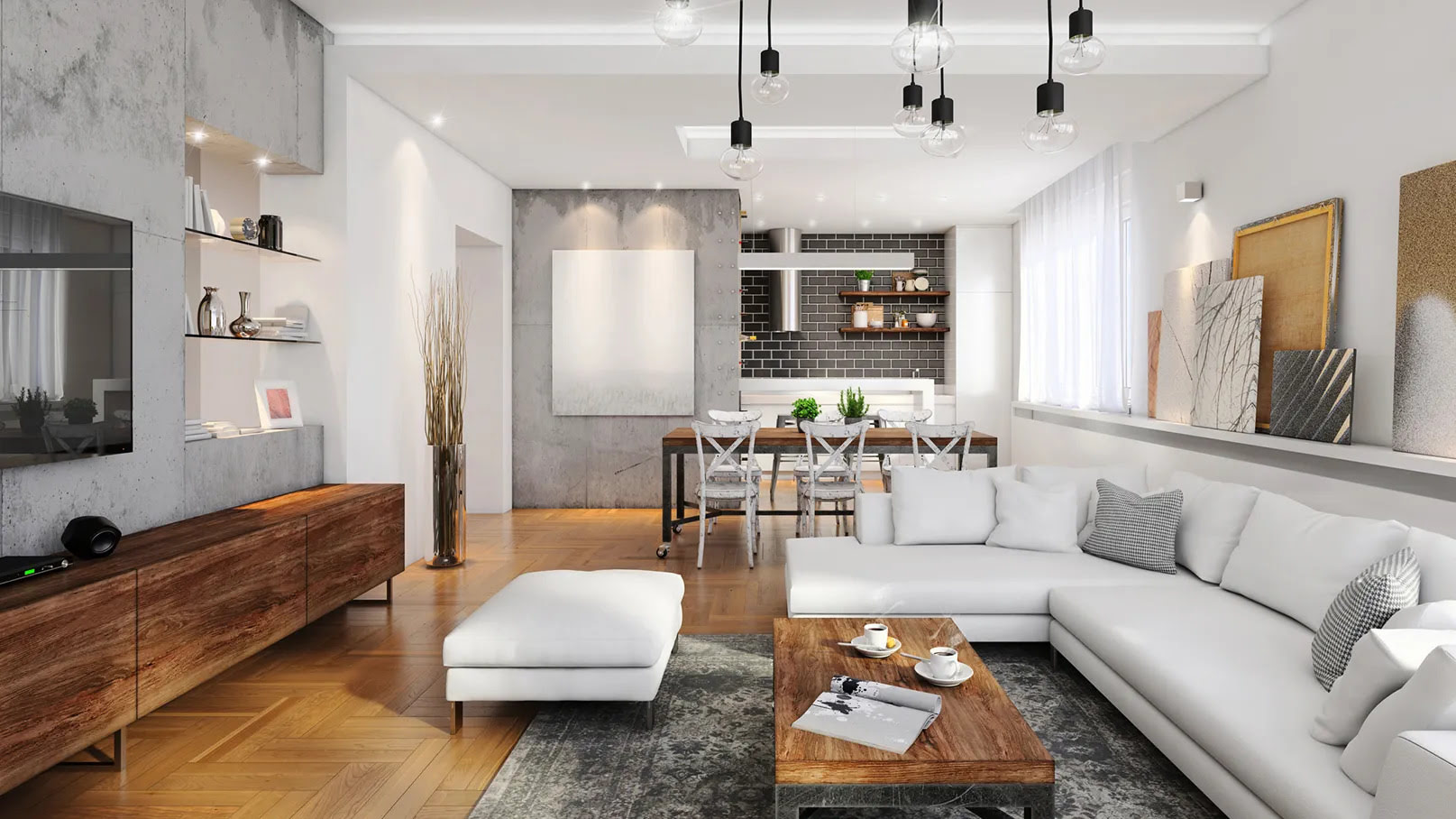
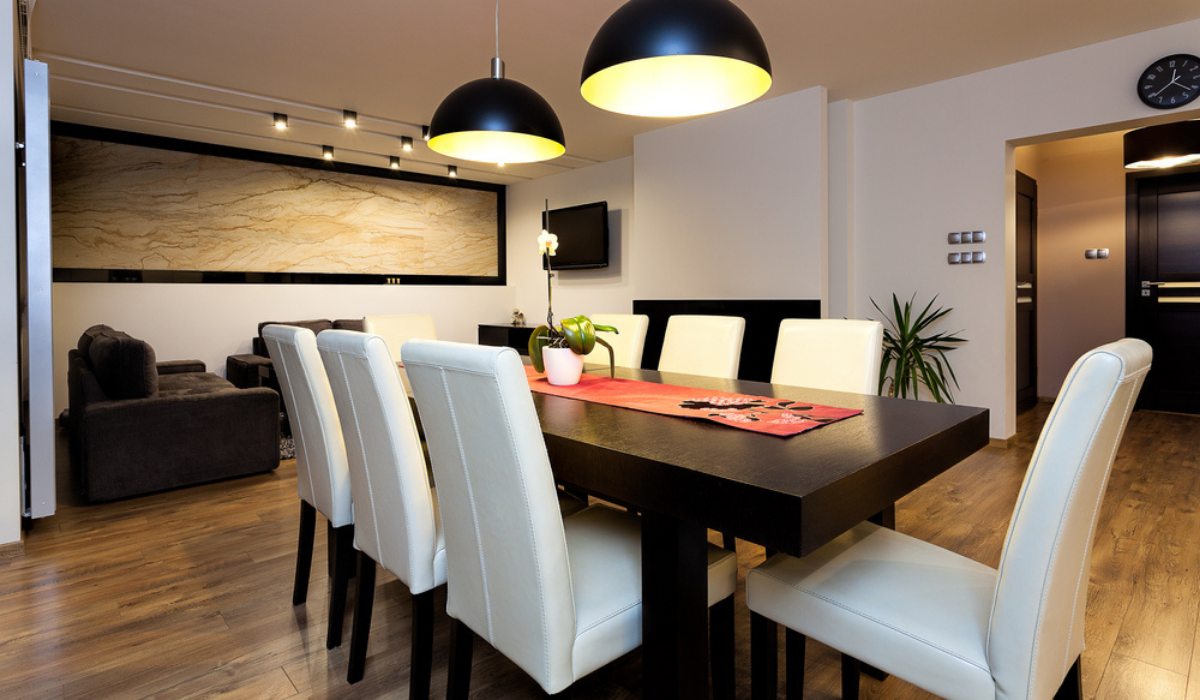
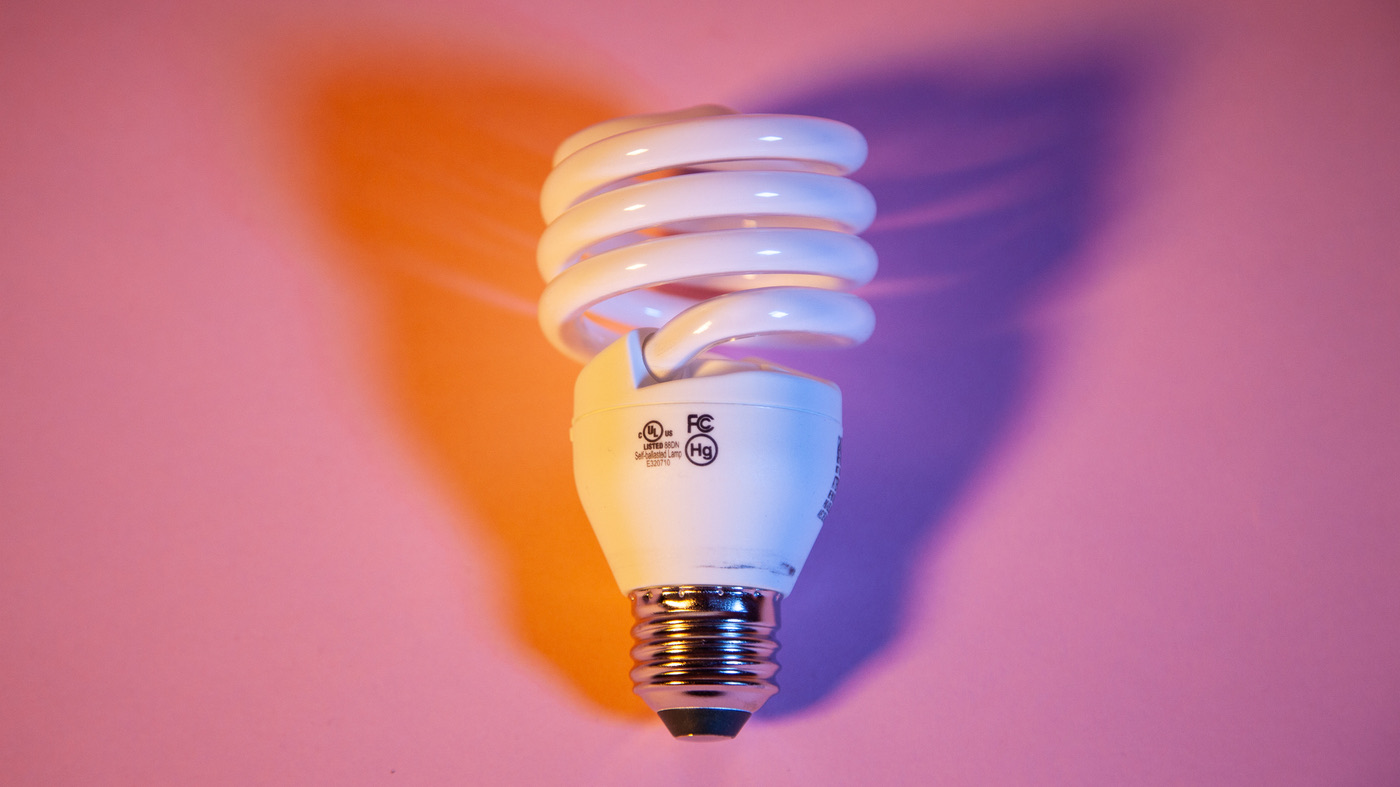

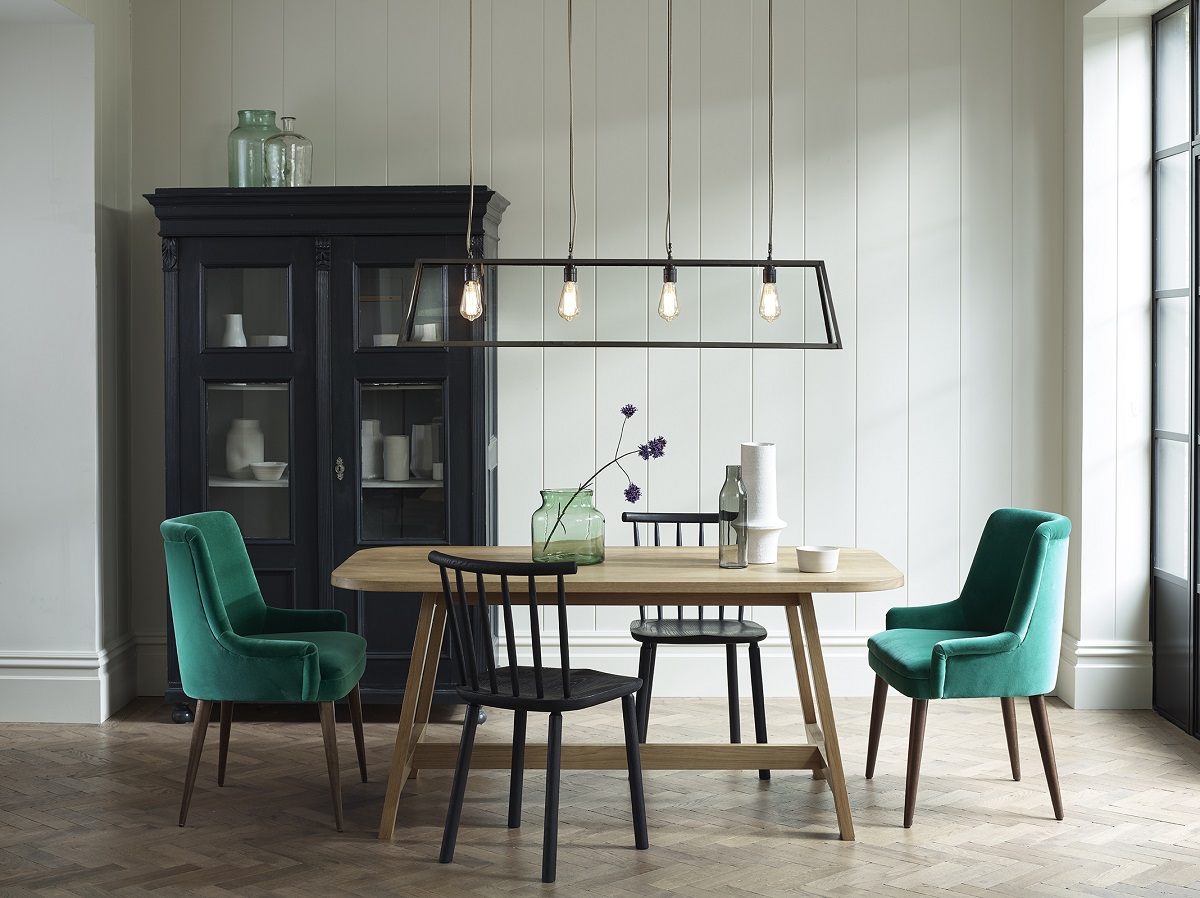
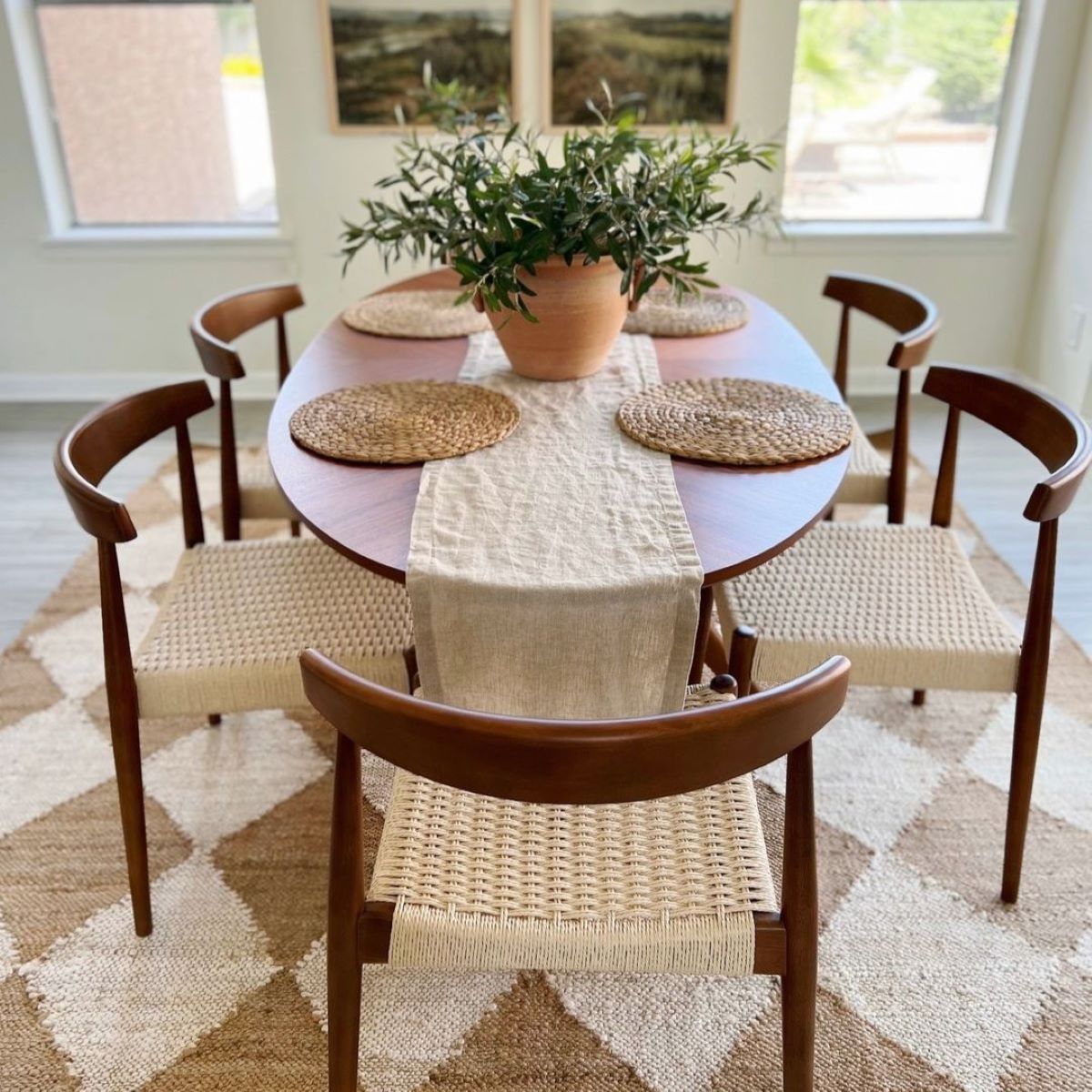
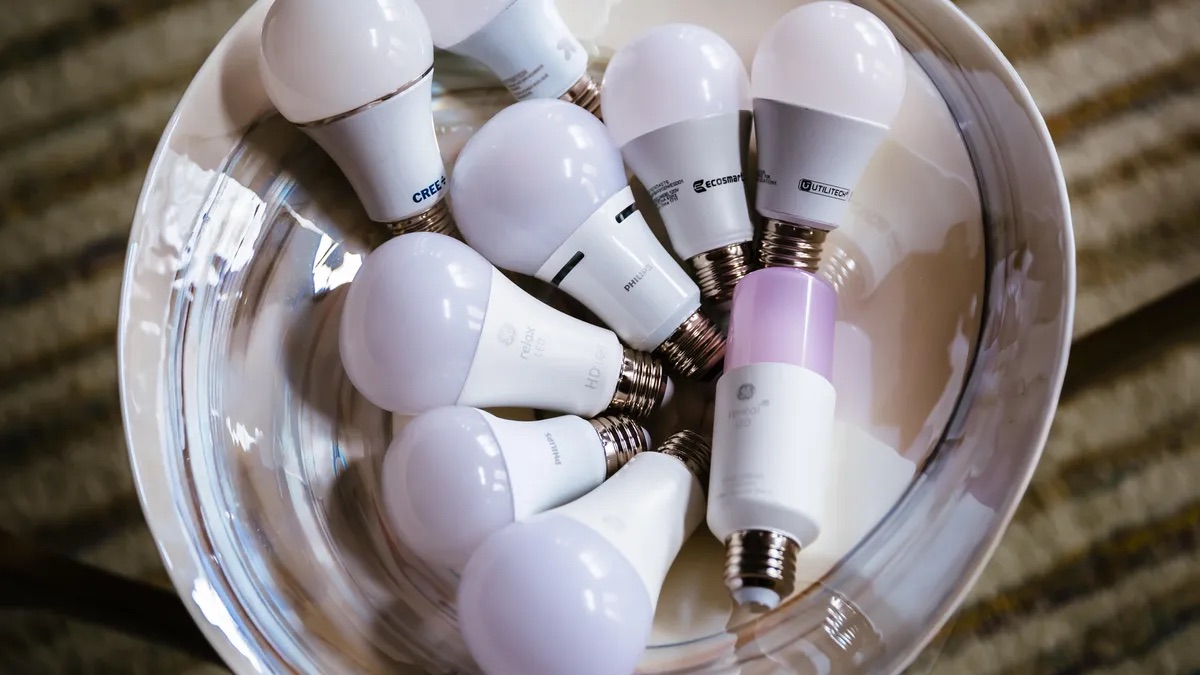
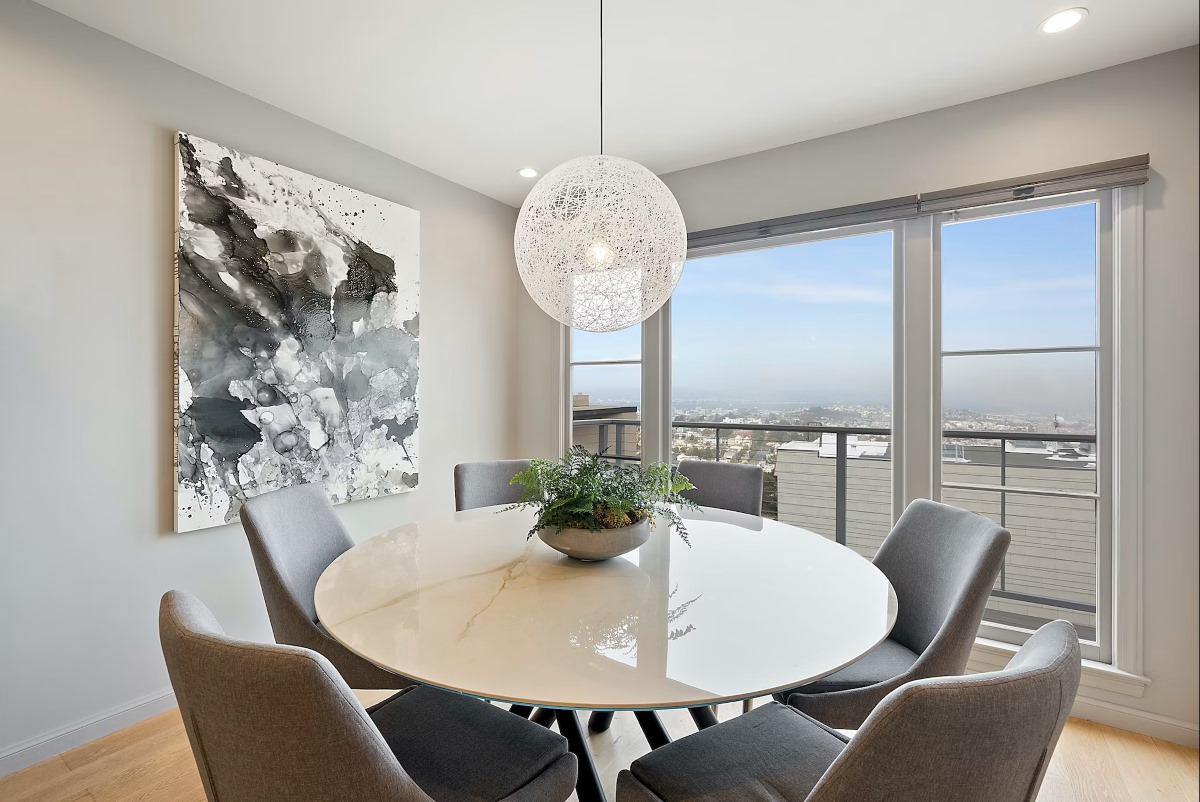

0 thoughts on “What Light Bulb Watt Is Best For Dining Room”